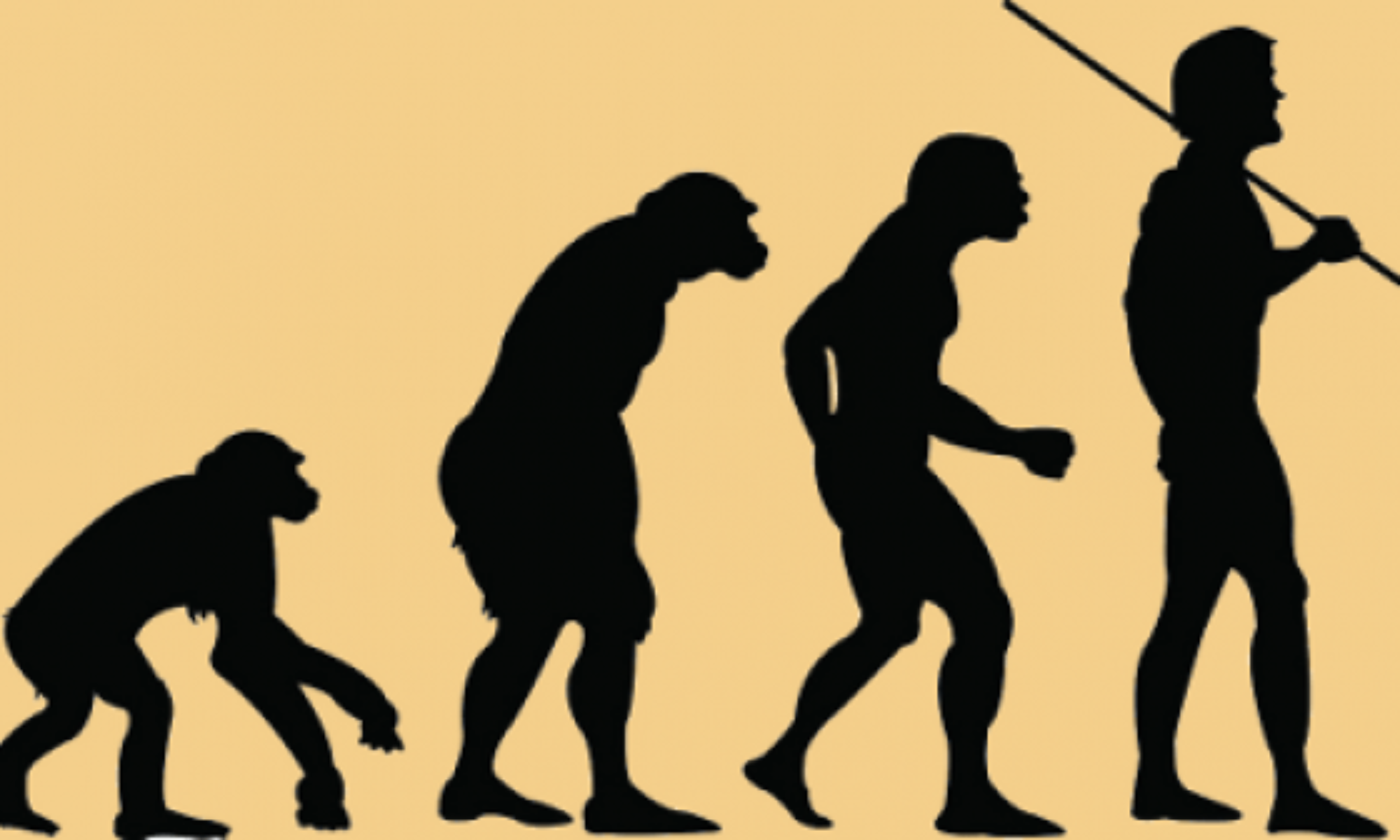Chapter 6: Exercising the Paleofantasy
Next, the author tackles the idea of exercising like an ancient human, and explains that “new age cavemen” are taking up CrossFit to emulate ancient exercise. CrossFit is based on random, short, high intensity lifts and movements that are supposed to mimic ancient conditions and practices. She cites many other authors who support the idea that we should be exercising like a hunter-gatherer and modern-day equivalents to ancient practices like instead of gathering plants we should weed the garden or instead of butchering a large animal we should split wood with an axe. Although she pokes some fun at these somewhat ridiculous practices, she does agree that incorporating movement and activity in our lives are integral to our health and wellbeing.

The author then talks about the idea of an “Active Couch Potato”. The active couch potato is someone who works out vigorously for a short period of time and then sits on the couch the rest of the day. She concludes that according to an Australian study, just a one-hour increase in sitting down and watching TV increased the risk of mortality by cardiovascular disease by 18%. She recommends following James Levine’s model of NEAT (non-exercise activity thermogenesis), basically meaning that on top of us working out we should be expending energy doing basic household things like using the stairs, mowing the lawn, walking out dogs, etc. These small outbursts of energy add up and help us burn calories. She then continues along with Levine’s argument in that some people are programmed to be NEAT conservers (people who don’t move around much when food i scarce) and NEAT activators (increased activity when food is scare to get more food). These both would have been beneficial when food had to be worked for, but now that food is always plentiful NEAT conservers have started to put on weight as they don’t move around as much as they should. This trend is the reason for the obesity epidemic in this country.
Zuk then tackles the idea of persistence hunting and barefoot running. This idea is that humans evolved to become bipedal and then run long distances. This ability to run long distances then enabled humans to hunt down other animals by inducing heat stroke as we had better thermoregulation, and this introduction of meat to our diet was the catalyst for our brain growth. I first heard about this idea through Christopher McDougall’s book Born to Run, (one of my favorite books to this day) in high school, and Zuk also references the book, so I found this discussion especially interesting. She explains the Endurance Running Hypothesis and includes the idea that humans don’t have an optimal running speed as they have the same efficient stride at all speeds. She also mentions the idea that humans originally ran barefoot, which meant that they had a different gait and strike point when comparing running with a running shoe (forefoot vs heel). This allowed us to prevent injury and better use our anatomical foot arch as a spring. Zuk cites many studies that push back against the Endurance Running Hypothesis that include ideas that the environment was too dense, ancient humans weren’t smart enough to track animals, there is no evidence of a single optimal running speed, we would expend too much energy to make it worthwhile, etc. She concludes the argument with a compromise that endurance running probably shouldn’t be as evangelized as it is by McDougall, but there is definitely some merit to this and ancient humans were far better runners than most of us are today.
Lastly, she cites studies that have isolated the gene ACTN3 as a potential gene responsible for production of a protein that is involved in fast-twitch muscle fibers, basically a gene that could make one more athletic. Although this gene cannot predict whether or not someone will be a great athlete or not, it is proven that it increases fast-twitch muscle capabilities and is present in many power/speed athletes.
